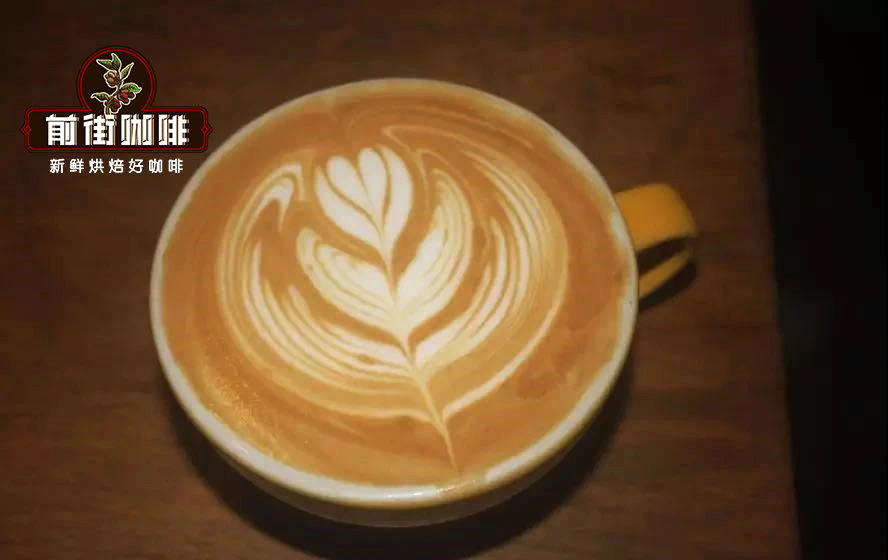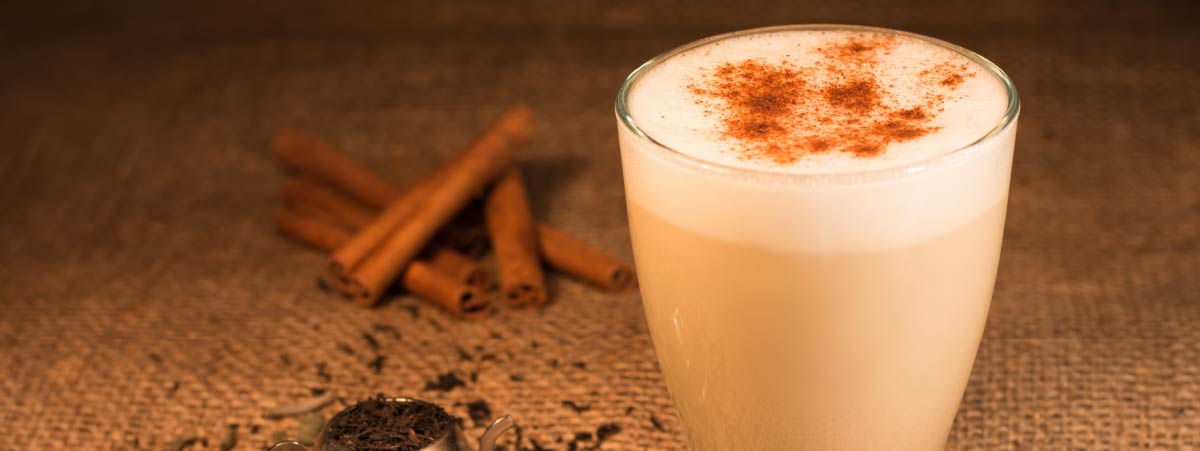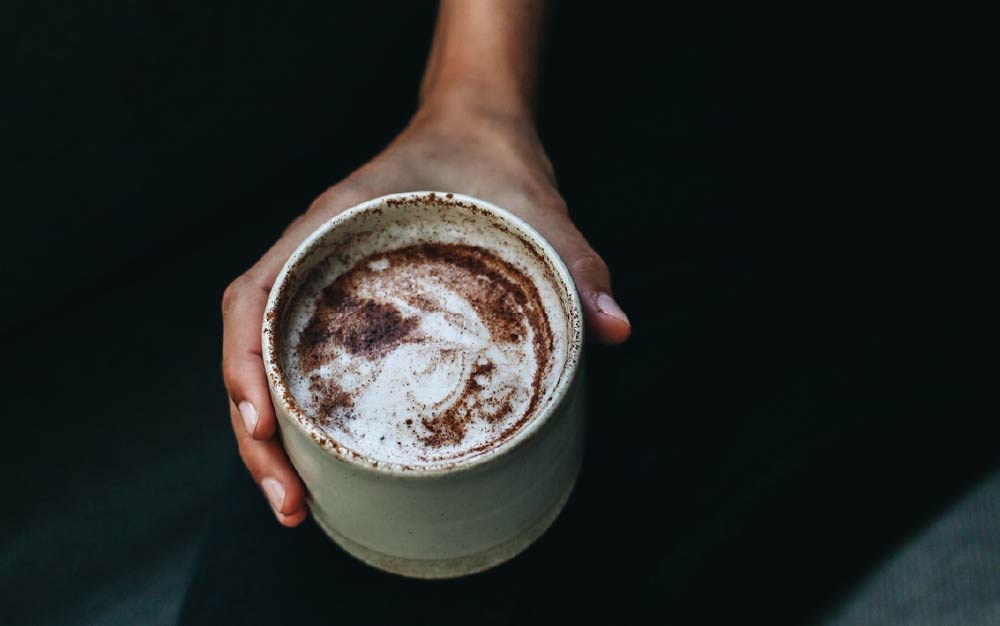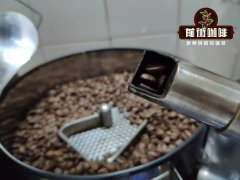What is the traditional Indian drink Chai latte Chai Latte? How to make a latte?

Chai Latte coffee is hot, aromatic, slightly spicy, and popular in cafes everywhere. But despite the fact that it's served in coffee shops and named after latte, it doesn't actually contain any coffee at all.
Chai is one of the oldest tea drinks in the world. It originated thousands of years ago in India and has spread globally over the past two centuries. However, a big question remains: How did a drink enjoyed in India for thousands of years end up so popular on coffee shop menus?
How do you make chai latte?
Chai latte is made by mixing steamed milk with spiced black tea. Then add foam to the drink. Coffee shops use different spices; some make signature dishes and keep ingredients secret. Others, however, will use sweetened syrups or powders to enable them to brew drinks quickly as needed.
Sebastiaan van de Venne is a barista based in ZwartWit Koffie, Eindhoven, Netherlands. Chai, he told me, is made by mixing certain spices with sugar, water and black tea.
He said the recipes he used were created by Kristian Louwers, a former ZwartWit barista. "When customers order lattes, we use something called an 'elixir'," Sebastiaan explains. "This is an extract of all the spices we use in water, black tea and sugar." He noted that this was slightly different from the usual way of preparing firewood.
"After that, we heat up the dose and then serve the milk of the customer's choice and foam it like a regular latte." After pouring in the milk and foam, we finish it with some cinnamon powder to make it swirl, then finish it with star anise.
He said that although "the proportions made with hot milk and foam are the same," latte isn't "real" latte because it doesn't contain espresso.
Zee is the owner of Chai Coffee Co. in Yucapa, California. She told me they used a lot of junk. For lattes, she said, they make each cup "freshly steeped" and add "homemade vanilla syrup" as well as "customer choice milk."
What is Chai?
Chai has been in India for thousands of years, as the Western world knows it. The word Chai, which originated in Hindustan and means all and any tea, has been developed in Assam for thousands of years.
When we say that the tea in latte is a specific mixture of black tea and spices, we mean curry. Masala Chai is made by immersing black tea in water and then mixing it with sugar, ginger and milk. However, other spices can be added, including cardamom, clove, cinnamon or pepper.
Masala chai is believed to have first appeared on the Indian subcontinent 5,000 to 9,000 years ago. Some stories point to its origins in Siamese royalty, a drink associated with an ancient Indian form of alternative medicine, Ayuverda. Ayurvedic therapy has traditionally involved the use of herbal compounds, minerals and metals to treat disease or pain.
In India today, curry dishes are usually made from scratch and can be tasted at home or on the street. Stallholders or "Chai dolls" are prepared and sold at stalls throughout the day. It is usually made in a pan with a paste. After boiling, it can be strained to remove larger pieces.
Early forms of masala firewood contained only black tea, spices and herbs. Due to British colonial influence in India, milk was added only in the 1800s. In order to break the Chinese monopoly on tea, the British East India Company established many plantations to create its own controlled tea source.
Local consumption of tea or firewood had been low until British-funded promotions encouraged Indian companies to give workers "tea breaks." Because of the high cost of even inferior tea, milk and spices were quickly added to the drink.

Today, India consumes more than 800,000 tons of tea per year. It is estimated that each cup of coffee consumes 30 cups of firewood. In addition, the average person drinks two cups of firewood a day. Throughout India, the preparations of the Chai people vary. It is common to see it eaten with buffalo milk because this cow is a Hindu saint.
The history of latte guessing itself is even more obscure. It is believed to have started appearing in Western coffee shops in the 1990s, but there is no definitive data on its origin. Its popularity has been particularly high over the past 10 to 15 years. Today, most major coffee chains can use it, including Starbucks, Dunkin Donuts, Costa Coffee and Tim Hortons.
Modern Chai Latte and Its Variations
Modern latte is a drink that appeals to many people. Sebastiaan argues that there is no defined group or demographic preference for it. He pointed out that "there is no real difference between the people who order dishes."
"When people reach their caffeine limit but still want a hot drink, we try to encourage that," he told me. "It's also nice to be able to offer better, creamy, sweet and spicy alternatives than regular cappuccino or latte."
Zee added that she found the drink "very popular" and ordered by "mixed crowds," consistent with Sebastian.
Since every coffee shop uses slightly different recipes when making lattes, the variants defined are less common. The firewood mixture is usually modified by varying the type or volume of perfume used. "For now, our team and customers are very happy with our product and we don't need to experiment," Sebastian said.

However, Sebastiaan does point out that there are a few minor changes you can make to change the way the beverage is consumed. For example, you can add amaretto to make a hot dish cocktail. Instead, pour the ingredients on ice and drink a milkshake or smoothie like drink.
In addition to these variations, there is a "version" of chai latte that is popular. Make Dirty Chai by adding an espresso to a latte. It is believed to have happened in London in the 1990s.
Sebastiaan said that when brewing espresso to add to lattes, he looks for coffee with "smooth chocolate and hazelnut flavors as well as red fruit flavors." "The sweetness of these beans goes well with Cai Zhen's and makes it a whole new drink," he said.
Important Notice :
前街咖啡 FrontStreet Coffee has moved to new addredd:
FrontStreet Coffee Address: 315,Donghua East Road,GuangZhou
Tel:020 38364473
- Prev

Flavor characteristics of low-caffeine coffee beans grown organically in Mexico
Professional coffee knowledge exchange more information about coffee beans Please follow the coffee workshop (Wechat official account cafe_style) Mexican coffee may be relatively small in the Asian coffee market, but Mexico is the leading coffee supplier in North America. Mexico's high altitude and volcanic soil breed the mild and delicate flavor of Mexican coffee, and the front street serves as a coffee bean research maniac.
- Next

A detailed explanation of the whole process of coffee roasting which key points should be paid attention to in shallow roasting in northern Europe how to learn coffee roasting
Coffee roasting process will undergo complex chemical and physical changes such as caramelization reaction and Maillard reaction. The bean body expands and the charming aroma and flavor of coffee are released. Today, we will take you to understand the whole process of coffee roasting from scratch. There are many critical stages in different baking stages. The so-called different baking modes (roast profile)
Related
- Beginners will see the "Coffee pull flower" guide!
- What is the difference between ice blog purified milk and ordinary milk coffee?
- Why is the Philippines the largest producer of crops in Liberia?
- For coffee extraction, should the fine powder be retained?
- How does extracted espresso fill pressed powder? How much strength does it take to press the powder?
- How to make jasmine cold extract coffee? Is the jasmine + latte good?
- Will this little toy really make the coffee taste better? How does Lily Drip affect coffee extraction?
- Will the action of slapping the filter cup also affect coffee extraction?
- What's the difference between powder-to-water ratio and powder-to-liquid ratio?
- What is the Ethiopian local species? What does it have to do with Heirloom native species?

